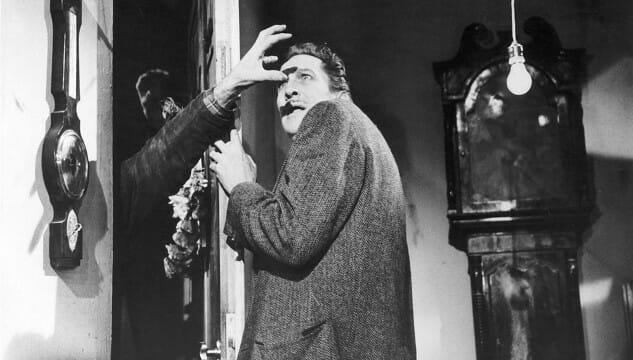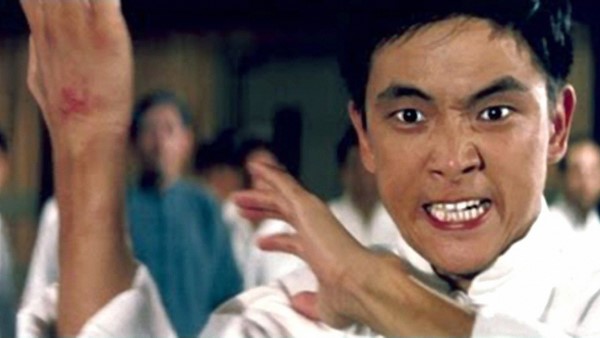Five Influential, Underseen Genre Movies

Sometimes in cinema, a film can have a huge impact on its genre without ever getting much in the way of popular exposure. How many people see a film ultimately tells only a small part of the story when it comes to a movie’s influence within its genre. Often, it’s who sees the film that determines its eventual legacy.
Case in point: Take a film like 1977’s original Star Wars ep. IV: A New Hope. The concept and inspiration for one of film’s all-time populist blockbusters was born out of the childhood entertainment influences of George Lucas. Drawing on a fondness for old-time sci-fi serials, westerns and samurai movies in particular, Lucas created a mystical genre hodgepodge that today is one of the biggest marketing forces on Earth. But one can’t help but wonder: Which serials stuck in the mind of young Lucas? Which cowboy antihero, from which forgotten western, was he imagining in the conception of Han Solo?
None of the films below are “lost” or completely forgotten. Genre buffs may be familiar with them, or have heard of them in passing, but the one thing they share is a huge degree of influence on all the films in their genre that came afterward. All of these films deserve to be re-viewed by modern film fans with an eye toward how they broke new ground in specific genres and subgenres.
Genre: The Zombie Film
Film: The Last Man on Earth, 1964
Director: Ubaldo Ragona and Sidney Salkow

The monsters of 1964’s The Last Man on Earth are technically meant to evoke classical vampires—blood-drinking, undead, unfond of garlic, etc—but their actual presentation in the film uncannily presages George Romero’s monolithic zombie movie, Night of the Living Dead, released four years later in 1968. Romero, the father of modern zombie cinema, has said so himself: Both the visuals and the themes of The Last Man on Earth were major influences on the film that subsequently launched a thousand zombie ships. Subsequently, one can tangentially refer to The Last Man on Earth as among the most important “zombie films” in history.
Directed by Italian film duo Ubaldo Ragona and Sidney Salkow, The Last Man on Earth was the first of three feature-length adaptations of Richard Matheson’s I Am Legend—yes, the same source material thoroughly butchered in the Will Smith film of the same name from 2007. Of the three (Charlton Heston’s The Omega Man being the middling second example), Last Man on Earth is the closest to Matheson’s original, although there are still significant changes. Regardless, it stars the great Vincent Price as Dr. Robert Morgan, a scientist trapped in a world of the undead. By day, he hunts the beasts during their time of weakness, and at night he fends them off from the relative safety of his fortified house.
The parallels between the latter and the farmhouse setting of Night of the Living Dead are hard for any horror buff to miss. You can feel the isolation and the claustrophobia of Price’s Dr. Morgan as the undead close in around his home on a nightly basis, seeking entry. You can see the shades of lumbering Romero zombies in the creatures, which reach in through Price’s defenses and paw at him with their pale, waxy arms. One can imagine a 24-year-old Romero watching at a drive-in movie theater, wondering how a small group of racially and socially diverse strangers would cope with being hurled into a similar situation. That’s what he ultimately did: Build upon the visual foundation of The Last Man on Earth to create a film that was less philosophical in its ideas and more relevant and utilitarian.
Honorable mention: The ghouls of 1966’s British Hammer horror production Plague of the Zombies are technically of the classic “voodoo zombie” variety, but their visual imagery perfectly encapsulates the rotting corpse aesthetic of the later Romero zombie series. Despite predating Night of the Living Dead by two years, the visual styles of its zombies would have been perfectly suited to a film made 20 years later.
-

-

-

-

-

-

-

-

-

-

-

-

-

-

-

-

-

-

-

-

-

-

-

-

-

-

-

-

-

-

-

-

-

-

-

-

-

-

-

-












































